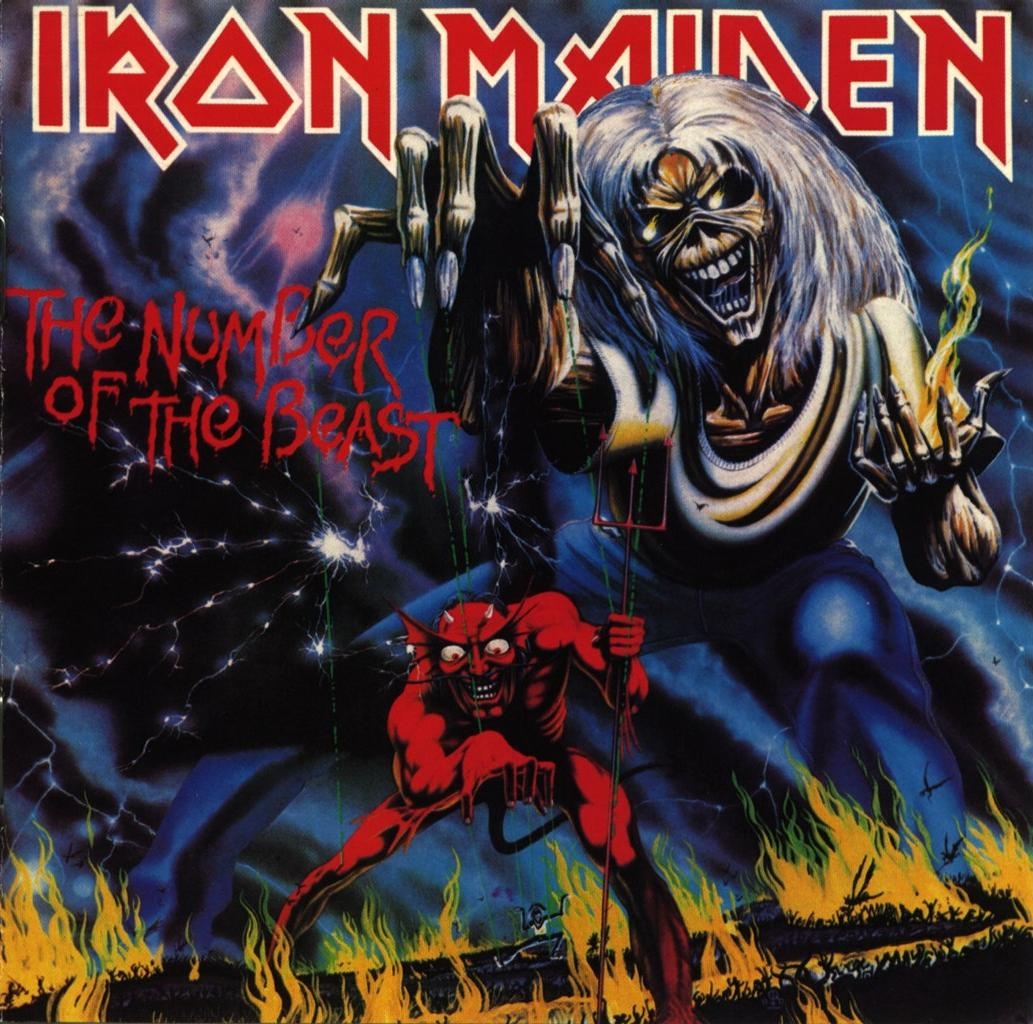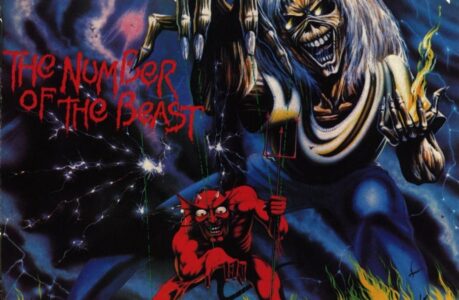When it comes to the world of heavy metal, one cannot ignore the profound impact of Classic Metal. This genre, often referred to simply as “Classic Metal,” has carved a special place in the hearts of metal enthusiasts around the globe. In this in-depth exploration, we will delve into the definition, history, development, related genres, and influential bands and albums that have shaped Classic Metal. We will also discuss how Classic Metal differs from other subgenres within the vast realm of metal music.
Defining Classic Metal
Classic Metal, also known as Traditional Metal, is a subgenre of heavy metal music that emerged in the late 1960s and reached its peak during the 1970s and 1980s. It is characterized by its focus on melody, powerful guitar riffs, soaring vocals, and often, fantasy or mythological themes in its lyrics. Classic Metal serves as a foundational pillar of the broader heavy metal genre, influencing countless bands across various subgenres.
The hallmark of Classic Metal is its use of classic rock and blues elements, combined with a more aggressive and metallic edge. Bands like Black Sabbath, Led Zeppelin, and Deep Purple are often cited as pioneers of this genre. Classic Metal typically features a strong emphasis on guitar solos, with intricate and melodic leads being a central component of many songs.
A Journey Through History and Development
The Birth of Classic Metal
The roots of Classic Metal can be traced back to the late 1960s when bands like Black Sabbath and Deep Purple began to experiment with a heavier and darker sound. Black Sabbath, in particular, is often credited as the progenitor of the genre. Their self-titled debut album, released in 1970, is a cornerstone of Classic Metal, characterized by Tony Iommi’s heavy guitar riffs and Ozzy Osbourne’s haunting vocals.
The Golden Era: 1970s and 1980s
The 1970s and 1980s witnessed the explosion of Classic Metal. Bands like Judas Priest, Iron Maiden, and Dio rose to prominence during this era. Judas Priest’s “British Steel” (1980) is a quintessential Classic Metal album, known for its powerful anthems like “Breaking the Law” and “Living After Midnight.” Iron Maiden’s self-titled debut album in 1980, featuring the iconic mascot Eddie, solidified their place in Classic Metal history.
Diverse Substyles
As Classic Metal continued to evolve, it gave birth to several substyles. One notable subgenre is New Wave of British Heavy Metal (NWOBHM), which emerged in the late 1970s and early 1980s. Bands like Saxon, Def Leppard, and Diamond Head contributed to the NWOBHM movement, infusing Classic Metal with a raw and energetic sound.
Another offshoot is Power Metal, characterized by its fast tempo, intricate guitar work, and epic lyrical themes. Helloween’s “Keeper of the Seven Keys” (1987) is often regarded as a seminal Power Metal album.
Classic Metal and Its Musical Signatures
Guitar Wizardry
One of the defining features of Classic Metal is the virtuosity of its guitarists. Bands like Iron Maiden, with the legendary duo of Dave Murray and Adrian Smith, and Judas Priest, with Glenn Tipton and K.K. Downing, showcased exceptional guitar solos that became an integral part of their music. These solos added a melodic and technical dimension to Classic Metal.
Iconic Vocalists
Classic Metal also boasts some of the most iconic vocalists in the history of heavy metal. Rob Halford of Judas Priest, Bruce Dickinson of Iron Maiden, and Ronnie James Dio are celebrated for their powerful and operatic vocal deliveries. Their soaring vocals elevated Classic Metal to new heights, creating a sound that was both majestic and captivating.
Fantasy and Mythology
Lyrically, Classic Metal often explores themes of fantasy, mythology, and the supernatural. Iron Maiden’s “The Number of the Beast” (1982) delves into apocalyptic themes, while Dio’s “Holy Diver” (1983) draws inspiration from mythology. These lyrical themes add a layer of storytelling and mystique to Classic Metal.
Classic Metal and Related Genres
Progressive Metal
While Classic Metal is known for its straightforward song structures, Progressive Metal offers a more intricate and complex musical experience. Bands like Dream Theater and Queensrÿche incorporate progressive elements into their music, combining the melodic sensibilities of Classic Metal with intricate time signatures and extended instrumental sections.
Thrash Metal
Thrash Metal, on the other hand, takes Classic Metal’s aggression to the next level. Bands like Metallica, Slayer, and Megadeth are pioneers of Thrash Metal, characterized by rapid guitar riffing, aggressive drumming, and often politically charged lyrics. While Thrash Metal is more intense than Classic Metal, it shares some sonic elements with its predecessor.
Glam Metal
Glam Metal, also known as Hair Metal, emerged in the 1980s as a flamboyant and visually striking subgenre of metal. Bands like Mötley Crüe and Poison embraced a more glamorous image and incorporated pop-infused melodies into their music. While Glam Metal diverges from Classic Metal in terms of image and lyrical content, it still falls under the broad umbrella of metal music.
Influential Bands and Albums
Black Sabbath – “Paranoid” (1970)
“Paranoid” is often regarded as one of the most influential albums in the history of heavy metal. Black Sabbath’s second studio album features iconic tracks like “War Pigs,” “Iron Man,” and the title track “Paranoid.” Its heavy, bluesy riffs and dark lyrical themes set the stage for the development of Classic Metal.
Judas Priest – “Painkiller” (1990)
While Judas Priest had already established themselves as Classic Metal pioneers, “Painkiller” showcased a renewed level of intensity and aggression. The title track, with its blazing guitar solos and Halford’s soaring vocals, remains a Classic Metal anthem.
Iron Maiden – “The Number of the Beast” (1982)
Iron Maiden’s third studio album, “The Number of the Beast,” is a Classic Metal masterpiece. With tracks like “Run to the Hills” and the title track, the album combines memorable melodies with Bruce Dickinson’s powerful vocals. The album’s cover art, featuring the iconic Eddie, is also a classic representation of the genre.
Dio – “Holy Diver” (1983)
Ronnie James Dio’s solo project, Dio, made a significant impact on Classic Metal with the release of “Holy Diver.” The album’s title track and “Rainbow in the Dark” are quintessential Classic Metal songs. Dio’s theatrical and mystical approach to music left an indelible mark on the genre.
How Classic Metal Differs from Other Metal Genres
Classic Metal stands out within the broader metal spectrum due to its focus on melody, classic rock influences, and often, fantasy themes. Here are some key differences between Classic Metal and other metal subgenres:
Classic Metal vs. Thrash Metal
While both Classic Metal and Thrash Metal share a love for guitar solos and powerful vocals, Thrash Metal is faster and more aggressive. Classic Metal prioritizes melody and storytelling, whereas Thrash Metal often leans towards political and social commentary in its lyrics.
Classic Metal vs. Progressive Metal
Progressive Metal incorporates complex time signatures and extended instrumental sections, offering a more intricate musical experience. Classic Metal, on the other hand, tends to follow more straightforward song structures with a focus on catchy melodies.
Classic Metal vs. Glam Metal
Glam Metal differs significantly from Classic Metal in terms of image and lyrical content. Glam Metal bands often embrace a more glamorous and flamboyant look, while Classic Metal outfits maintain a more traditional and less theatrical appearance. Lyrically, Glam Metal explores themes of partying and romance, which are distinct from Classic Metal’s focus on fantasy and mythology.
Essential Tracks
Classic Metal has produced some timeless tracks that have become essential to the genre’s history. Here’s a selection of some of the most iconic and essential Classic Metal tracks:
- Black Sabbath – “Iron Man” (1970): This song from Black Sabbath’s “Paranoid” album features Tony Iommi’s heavy, memorable guitar riff and Ozzy Osbourne’s distinctive vocals. It’s a true classic of the genre.
- Deep Purple – “Smoke on the Water” (1972): Known for its instantly recognizable guitar riff, this track from Deep Purple’s “Machine Head” album is a cornerstone of Classic Metal and rock music.
- Led Zeppelin – “Whole Lotta Love” (1969): While Led Zeppelin is often associated with hard rock, this song’s heavy guitar work and Robert Plant’s powerful vocals make it a precursor to Classic Metal.
- Judas Priest – “Breaking the Law” (1980): A quintessential Classic Metal anthem, this song showcases Judas Priest’s signature sound with Rob Halford’s soaring vocals and Glenn Tipton’s guitar prowess.
- Iron Maiden – “The Trooper” (1983): With its galloping guitar riffs and Bruce Dickinson’s iconic vocals, “The Trooper” is a defining track from Iron Maiden’s catalog.
- Dio – “Holy Diver” (1983): Ronnie James Dio’s solo project delivered this Classic Metal masterpiece, featuring the powerful title track and showcasing his extraordinary vocal range.
- Motorhead – “Ace of Spades” (1980): Often considered a bridge between Classic Metal and the emerging speed metal genre, Motorhead’s “Ace of Spades” is a fast-paced, relentless track
- Rainbow – “Stargazer” (1976): Featuring the legendary guitarist Ritchie Blackmore and Ronnie James Dio on vocals, this epic track from Rainbow’s “Rising” album is a masterpiece of Classic Metal.
- Scorpions – “Rock You Like a Hurricane” (1984): While the Scorpions are known for their hard rock sound, this track’s heavy guitar riffs and catchy chorus make it a Classic Metal favorite.
- Uriah Heep – “Easy Livin'” (1972): This song combines catchy melodies with Mick Box’s guitar work and David Byron’s vocals, exemplifying the essence of Classic Metal.
- Blue Öyster Cult – “(Don’t Fear) The Reaper” (1976): This track blends elements of hard rock and Classic Metal, with its haunting guitar riff and memorable melody.
- AC/DC – “Highway to Hell” (1979): AC/DC’s signature hard rock sound influenced many Classic Metal bands, and this title track is a timeless rock anthem.
- Kiss – “Detroit Rock City” (1976): Kiss’ theatrical style and heavy guitar riffs made them an influence on the Classic Metal scene, with “Detroit Rock City” being a standout track.
- Saxon – “Denim and Leather” (1981): An anthem celebrating the New Wave of British Heavy Metal (NWOBHM), this track represents a vital moment in Classic Metal history.
- Van Halen – “Runnin’ with the Devil” (1978): Van Halen’s debut album featured this high-energy track, which showcased Eddie Van Halen’s groundbreaking guitar skills.
Exploring Classic Metal’s Enduring Legacy
Classic Metal’s enduring legacy is a testament to its timeless appeal. Bands like Iron Maiden continue to release new music and fill stadiums around the world, proving that Classic Metal remains a vital and beloved genre. While other subgenres have emerged and evolved, Classic Metal’s melodic and powerful sound continues to captivate both longtime fans and new generations of metal enthusiasts.
In conclusion, Classic Metal’s rich history, iconic bands, and distinctive musical signatures have left an indelible mark on the world of heavy metal. From the early days of Black Sabbath to the epic anthems of Iron Maiden, Classic Metal has stood the test of time, ensuring its place as a foundational and enduring genre within the metal universe. Whether you’re a seasoned metalhead or a newcomer to the genre, Classic Metal’s timeless melodies and mythical tales offer a captivating journey through the world of heavy metal.
Visit Classic Metal Archives for a comprehensive collection of Classic Metal bands and albums.
Explore Classic Metal on Spotify to immerse yourself in the genre’s iconic tracks.
Join the Classic Metal Community to connect with fellow fans and discuss your favorite bands and albums.

